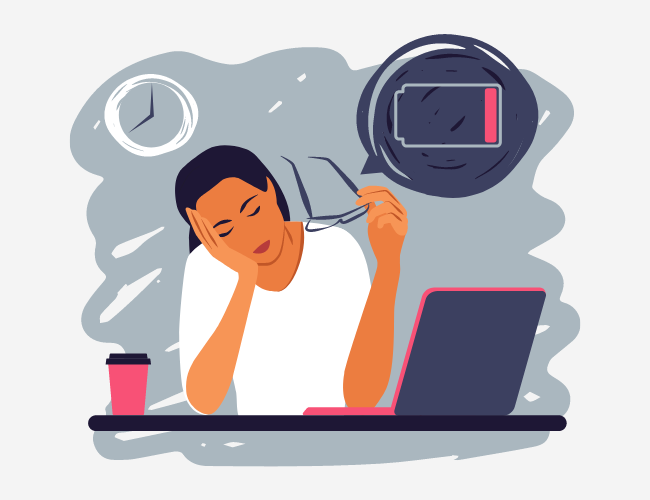A large study of one million people quantified the cost of the “pandemic of physical inactivity” affecting countries across the world. According to the study, physical inactivity costs the global economy $67.5 billion a year in healthcare and productivity losses. This costs disproportionately impacts wealthier nations, but as poorer countries develop, the economic burden from physical inactivity is expected to increase. In addition to the financial impact, inactivity is also estimated to cause more than 5 million deaths a year, which is almost as many as smoking.
The good news is that researchers believe as little as an hour a day of exercise could largely eliminate most of the cost. It is important to note that this estimate is higher than the World Health Organization’s (WHO) recommendation for at least 150 minutes of moderate exercise a week, which is widely cited by other organizations across the world. To put it into perspective, one out of four of adults worldwide do not meet even the WHO’s recommendations.
The researchers found that sedentary lifestyles are linked to increased risks of heart disease, diabetes, and cancer, but basic physical activity, such as brisk walking, could counter the higher likelihood of early death linked with sitting for eight or more hours a day. Intense physical activity is not required. According to researcher Ulf Ekelund, a professor at the Norwegian School of Sports Sciences and Cambridge University, “You don’t need to do sport or go to the gym…but you do need to do at least one hour a day.” He cited light physical activity, such as walking at 5.6 km an hour (km/h) or cycling at 16 km/h as examples of what was needed.
The study also found that people who sat for eight hours a day but were otherwise active had a lower risk of premature death than people who spent fewer hours sitting but were also less active, suggesting that exercise is particularly important, no matter how many hours a day are spent sitting. The greatest risk of premature death was for people who sat for long periods of time and did not exercise.
No matter how sedentary a job may be, employers need to encourage physical activity. Since light physical activity is all that needed, encouraging biking or taking public transit to work are easy ways to facilitate change in a population. Also, employers can increase access to activity at work by offering fitness classes and showers at each facility. Some forward thinking organizations have created onsite gardens so employees can be active in the garden and take home fresh vegetables (all while building camaraderie).












